It’s tempting to say that televisions haven’t changed a lot in a decade. I’m not talking about television programming, I’m talking about the TVs themselves. The 2000s were a big decade of change in TVs. We started out 2000 watching standard definition tube TVs and by 2010 we were all watching flat screen HDTVs. In the 2010s it was a little harder to keep that momentum going, but it’s still been a big decade for TV technology. Let’s take a walk down memory lane.
State of the art in 2010
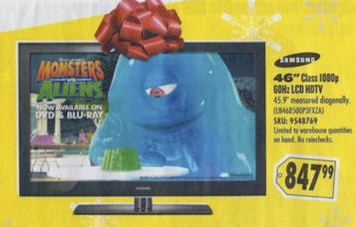
I got this picture from the 2009 Best Buy Black Friday ad, courtesy of bfads.net. Remember this represents a really superior deal in televisions at that time.
We’re looking at a 46″ TV from a major manufacturer, HD (not 4K) with a 60Hz refresh rate and no smart features, for $847. It doesn’t say what the normal retail price would have been at that time but based on my recollection I’d think it would have been about $1,000.
Obviously what you can get today blows that out of the water. The closest TV I found for comparison was a 50″ 4K television with smart TV features for $279.
3D: The big distraction
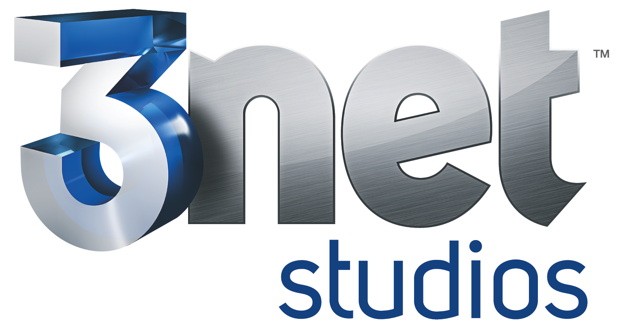
In 2010, with the country in a recession, TV manufacturers decided what we all needed was 3D. Do you remember 3D TVs? Everyone had to wear special glasses, the picture was dim and poor quality, and there was practically no content.
Back then, DIRECTV tried to push 3D, hard. They brought on a full-time 3D channel, 3net, which flopped hard. They introduced 3D on demand. It took about four years for TV makers to realize no one wanted this technology. By mid-decade it was nearly gone.
4K: The big story that almost didn’t happen
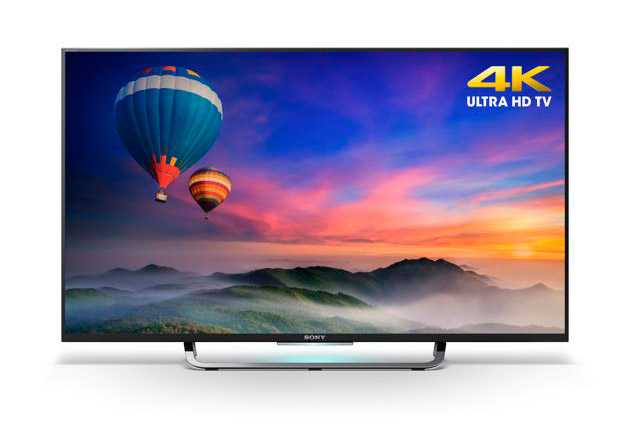
If you really think about it, 4K was a long time coming. I first previewed the technology in 2012, and 4K spent most of the decade as an unnecessary addon to your TV budget. 4K didn’t happen because for most of the decade there was no way to get 4K programming. Internet speeds were too slow, and there was practically no content available. DIRECTV released its first 4K hardware mid-decade, along with a trio of channels.
While there really hasn’t been a massive amount of content since then, at least the TVs themselves have gotten cheap enough that you may as well get one. The picture quality, even on HD content, is really superior.
And along the way: curved TVs…
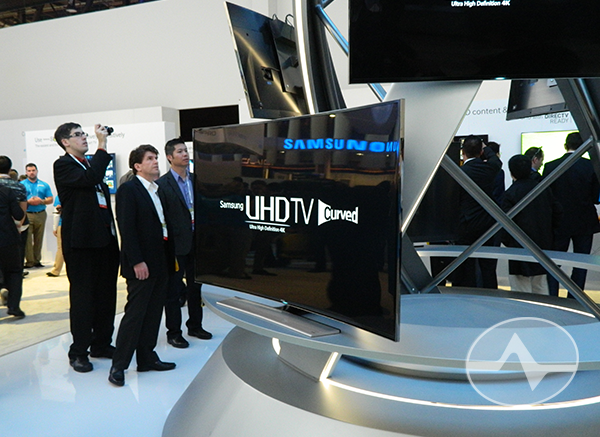
Back in 2014, the curved TV was all the rage. TV makers couldn’t figure out how to make you buy a TV that was super-thin, so they came out with one that intentionally super-wasn’t. The curved TV was supposed to give you a better viewing experience, but it didn’t. It just added cost. People didn’t want it, and I called the whole thing a flash in the pan. Turns out I was right.
…and other weirdness
By late-decade, manufacturers were ready to try anything to keep the super-high-end TV market alive. For a decade, people had been buying TVs at big box and club stores, and it was hard to get them to look at anything over $1,000. That’s why you saw concepts like this:
These TVs roll up from a big grey box on the floor. All this means is that you’ll trip on the big grey box on the floor.
Looking toward 2020
Who knows where TVs will be in 2020? The cynical reader will say they’ll be gone, replaced by phones or glasses or contact lenses. Perhaps, that could be true. But I doubt it. I think they’ll become less obtrusive — there are already TVs that are designed to blend into your decor like a piece of framed art.
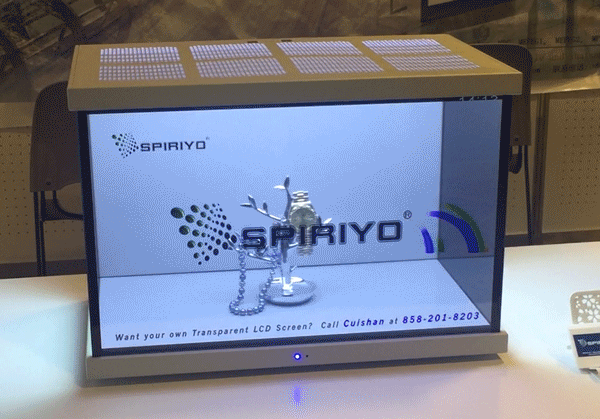
We already saw real, working transparent screens in 2017 and that’s where I think it will go. I imagine a 100″ TV hanging on the wall completely transparent except for a chrome bar at the bottom. It might get used sometimes, it might not. But I think it will still be there. I also think that these will be 8K panels, nothing higher. 8K is already achievable. There won’t really be 8K content but I could imagine this TV being used for multiple purposes including 4K video and general information. I see a lot more use of “casting” technology so that people who see something on their phones can show it easily to others.
But who knows… I don’t think I’d have forecast the way the 2010s would go and that means I’m probably wrong about the ’20s too.





